9 Best Herbal Creams For Cracked Heels
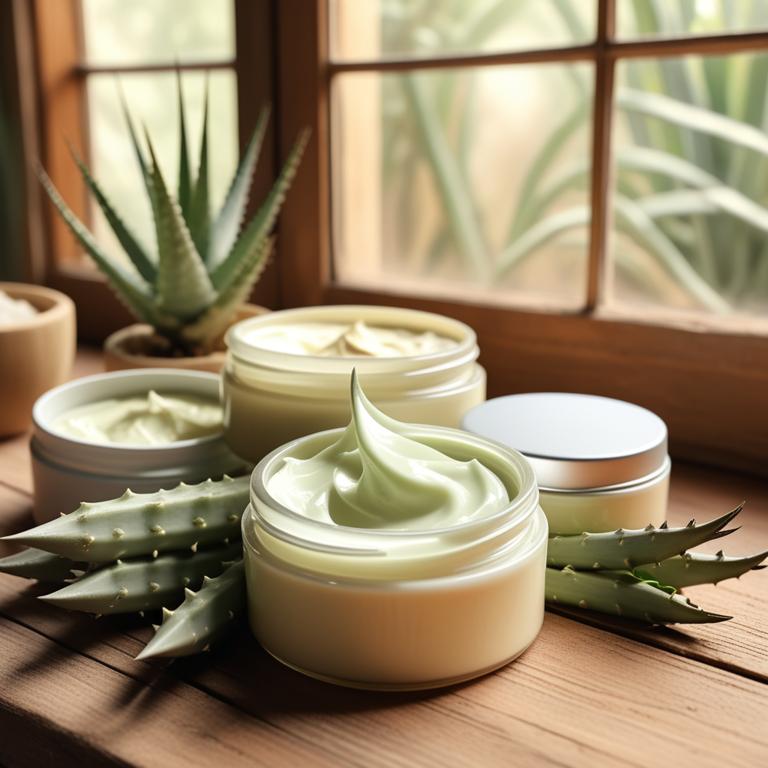
Herbal creams for Cracked heels are topical creams or ointments that contain plant-based ingredients to soothe and heal dry, cracked skin on the heels.
These creams not only provide relief from the discomfort and pain of cracked heels but also offer numerous benefits, including moisturizing, exfoliating, and protecting the skin from further damage.
Some popular herbal creams for cracked heels include those made from shea butter, aloe vera, tea tree oil, coconut oil, jojoba oil, olive oil, chamomile oil, and vitamin E oil, which are all known for their antifungal, antibacterial, and anti-inflammatory properties that help to repair and soften the skin.
Additionally, herbal creams like honey, eucalyptus oil, and peppermint oil are also effective in treating cracked heels, as they provide hydration, reduce inflammation, and promote healthy skin regeneration.
According to "Vojnosanitetski pregled", creams for cracked heels may benefit from ingredients such as Alpine Rose stem cells, squalene, and natural alkyl polyglucoside emulsifier, which can help to improve skin hydration and reduce transepi-dermal water loss.
Below there's a list of the 9 best herbal creams for cracked heels.
- 1. Aloe vera creams
- 2. Calendula officinalis creams
- 3. Avena sativa creams
- 4. Centella asiatica creams
- 5. Echinacea purpurea creams
- 6. Glycyrrhiza glabra creams
- 7. Hippophae rhamnoides creams
- 8. Panax ginseng creams
- 9. Urtica dioica creams
Also you may be interested in...
TODAY'S FREE BOUNDLE
Herb Drying Checklist + Herbal Tea Shopping List + Medicinal Herbs Flashcards
Enter you best email address below to receive this bundle (3 product valued $19.95) for FREE + exclusive access to The Aphotecary Letter.
$19.95 -> $0.00
1. Aloe vera creams

Aloe vera creams are a popular and effective herbal remedy to treat cracked heels, a common problem caused by dry skin and lack of moisture.
This herbal preparation helps to treat cracked heels by providing intense hydration, soothing inflammation, and promoting skin regeneration due to its unique properties.
The bioactive constituents of aloe vera creams, such as aloin, aloe-emodin, and acemannan, possess anti-inflammatory and antioxidant properties that help to reduce pain, itching, and swelling associated with cracked heels.
The benefits of using aloe vera creams to treat cracked heels include quick relief from discomfort, improved skin texture, and a long-lasting moisturizing effect that keeps the skin hydrated and healthy.
Related Study
According to this study, Aloe vera creams for cracked heels may aid in the process of wound healing and tissue regeneration due to the presence of active compounds in Aloe vera that can induce cell migration and tissue remodeling.
2. Calendula officinalis creams

Calendula officinalis creams have been used to treat cracked heels due to their anti-inflammatory, antimicrobial, and emollient properties.
These creams help to treat cracked heels by soothing and hydrating the skin, reducing redness and irritation, and promoting the growth of new skin cells.
The bioactive constituents of Calendula officinalis, including triterpenoids, flavonoids, and carotenoids, contribute to its therapeutic effects by enhancing wound healing and tissue repair.
The benefits of using Calendula officinalis creams to treat cracked heels include reduced pain and discomfort, improved skin texture and appearance, and a faster recovery time.
Related Study
According to the Journal of ethnopharmacology, Calendula officinalis creams for cracked heels may be effective due to the stimulation of fibroblast migration and proliferation, which can aid in wound re-epithelialization and healing of cracked heels.
3. Avena sativa creams
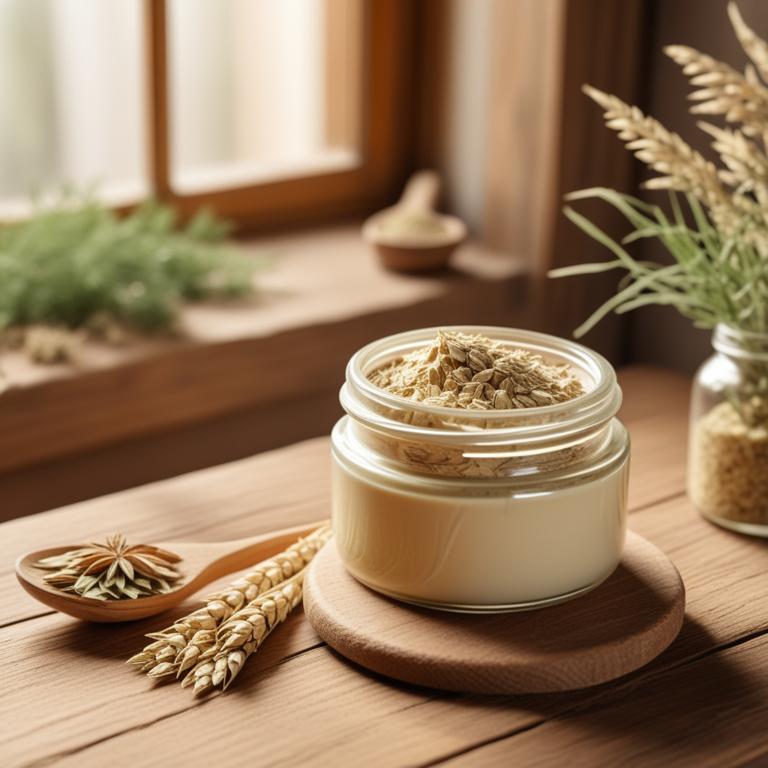
Avena sativa creams have been traditionally used to treat the cracked heels ailment, leveraging the soothing and moisturizing properties of the herb oat (Avena sativa) to provide relief from dryness and discomfort.
The emollient and humectant properties of Avena sativa creams help to lock in moisture, soften the skin, and reduce the appearance of cracks and fissures.
The bioactive constituents of Avena sativa, including avenanthramides and beta-glucans, exhibit anti-inflammatory and antioxidant properties, which aid in reducing inflammation and promoting wound healing.
Regular use of Avena sativa creams can provide long-term benefits, such as improved skin elasticity, reduced dryness, and prevention of cracked heels from recurring.
4. Centella asiatica creams
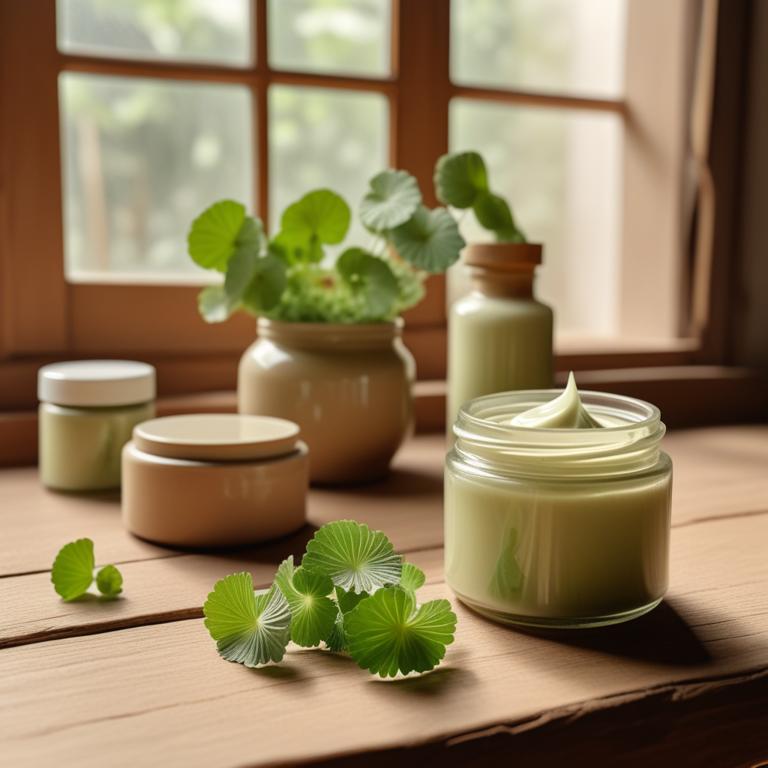
Centella asiatica creams have gained popularity in recent years as a natural remedy to treat cracked heels due to their anti-inflammatory and antioxidant properties.
The herbal preparation helps to treat this ailment by promoting skin regeneration, reducing inflammation, and improving skin elasticity.
The bioactive constituents of Centella asiatica, including asiatic acid, madecassic acid, and brahmoside, help to enhance collagen production and improve skin texture, thereby alleviating cracked heels.
By using Centella asiatica creams, individuals can experience the benefits of improved skin hydration, reduced pain and discomfort, and a softer, more supple texture on the heels.
5. Echinacea purpurea creams
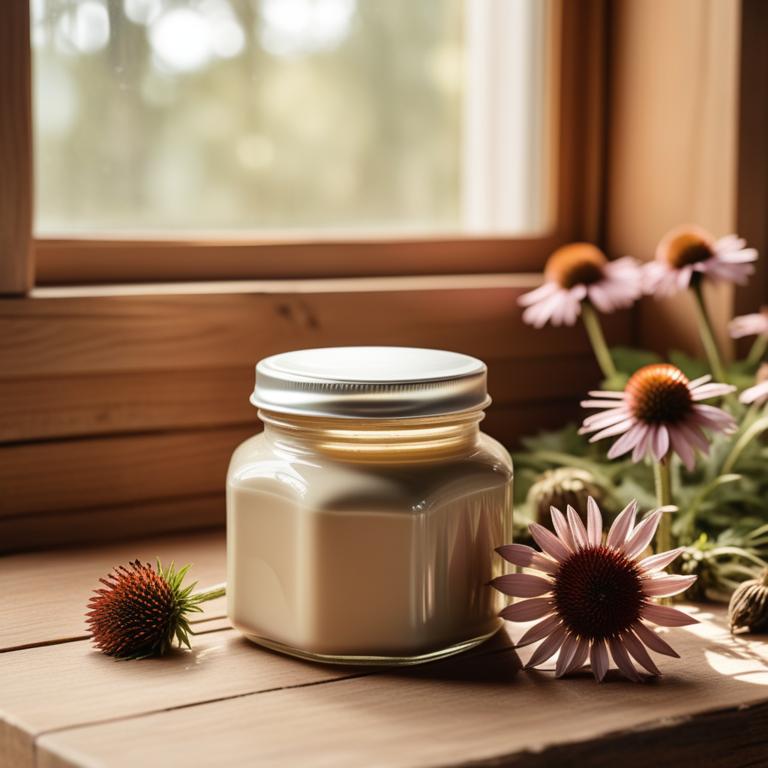
Echinacea purpurea creams have been gaining popularity as a natural remedy to treat cracked heels, a common skin condition caused by dryness and lack of moisture.
The anti-inflammatory and antimicrobial properties of Echinacea purpurea creams help to soothe and protect the affected area, promoting healing and reducing the risk of infection.
The bioactive constituents, including alkylamides, caffeic acid, and rosmarinic acid, possess potent antioxidant and anti-inflammatory activities that aid in repairing the damaged skin and restoring its natural barrier function.
By using Echinacea purpurea creams, individuals can benefit from a natural and gentle treatment that not only alleviates the discomfort of cracked heels but also promotes overall skin health and well-being.
6. Glycyrrhiza glabra creams

Glycyrrhiza glabra creams, derived from the roots of the licorice plant, have been used traditionally to treat cracked heels due to their soothing, anti-inflammatory, and moisturizing properties.
These creams help to treat the ailment by providing relief from dryness and irritation, promoting the regeneration of new skin cells, and improving the overall texture and appearance of the affected area.
The bioactive constituents of Glycyrrhiza glabra creams, including glycyrrhizin, flavonoids, and saponins, contribute to their therapeutic effects by reducing inflammation, promoting wound healing, and protecting the skin from further damage.
The benefits of using Glycyrrhiza glabra creams to treat cracked heels include improved skin hydration, reduced inflammation, and accelerated wound healing, making it a popular natural remedy for this common skin condition.
Related Study
According to "Evidence-based complementary and alternative medicine : eCAM", Glycyrrhiza glabra creams for cracked heels contain glycyrrhizin, an active marker that can promote cell proliferation and accelerate wound recovery, indicating that these creams could be beneficial in treating cracked heels by supporting the wound healing process.
7. Hippophae rhamnoides creams
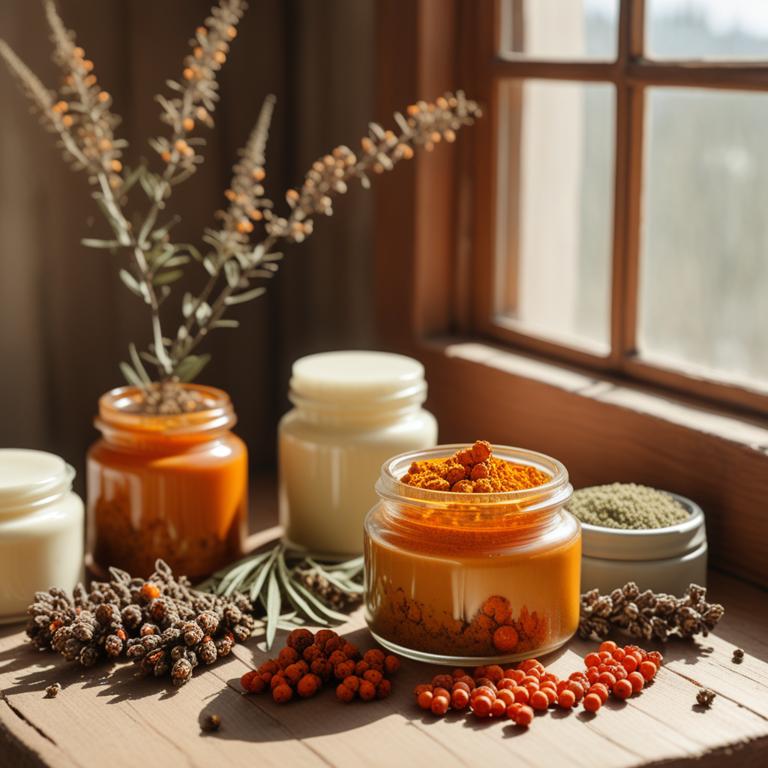
Hippophae rhamnoides creams have been traditionally used to treat cracked heels, a common dermatological condition characterized by dry, cracked skin on the heels.
The anti-inflammatory and moisturizing properties of Hippophae rhamnoides creams help to soothe and hydrate the skin, reducing inflammation and promoting the healing of cracked skin.
The bioactive constituents of Hippophae rhamnoides, including flavonoids and phenolic acids, help to protect the skin from oxidative stress and promote collagen production, which in turn helps to improve skin elasticity and reduce the appearance of cracks.
The regular use of Hippophae rhamnoides creams has been shown to provide long-term benefits in treating cracked heels, including improved skin hydration, reduced inflammation, and enhanced skin elasticity.
8. Panax ginseng creams
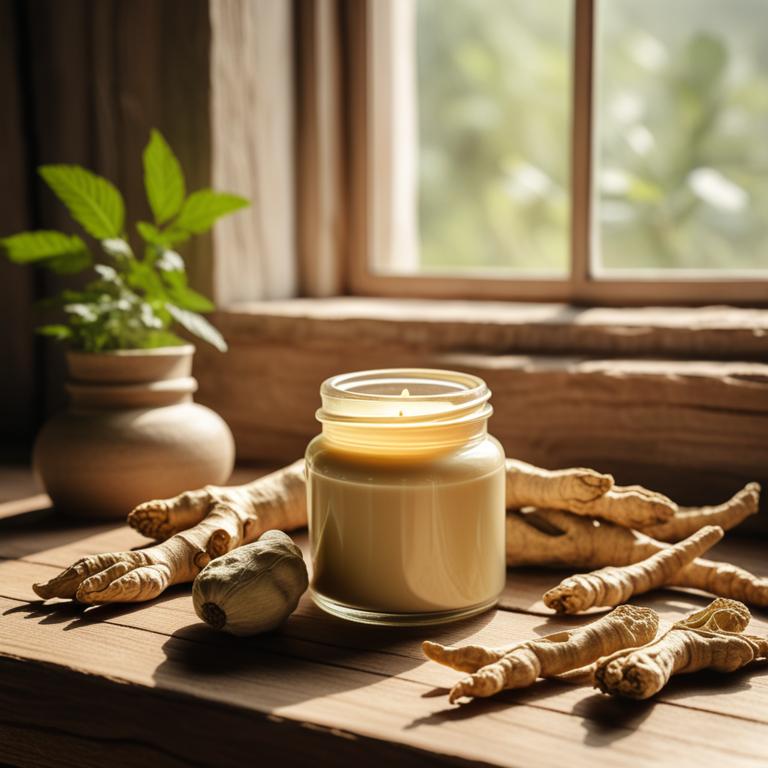
Panax ginseng creams are a popular herbal preparation used to treat cracked heels, a common skin condition characterized by dry, cracked, and painful skin on the heels.
The anti-inflammatory and antioxidant properties of Panax ginseng creams help to reduce inflammation, soothe the skin, and promote wound healing, thereby effectively treating cracked heels.
The bioactive constituents of Panax ginseng creams, including ginsenosides and saponins, play a crucial role in treating cracked heels by enhancing skin elasticity, improving skin hydration, and protecting the skin from further damage.
The benefits of using Panax ginseng creams to treat cracked heels include rapid healing, reduced pain and discomfort, and improved skin texture and appearance, making it an effective and natural remedy for this common skin condition.
9. Urtica dioica creams
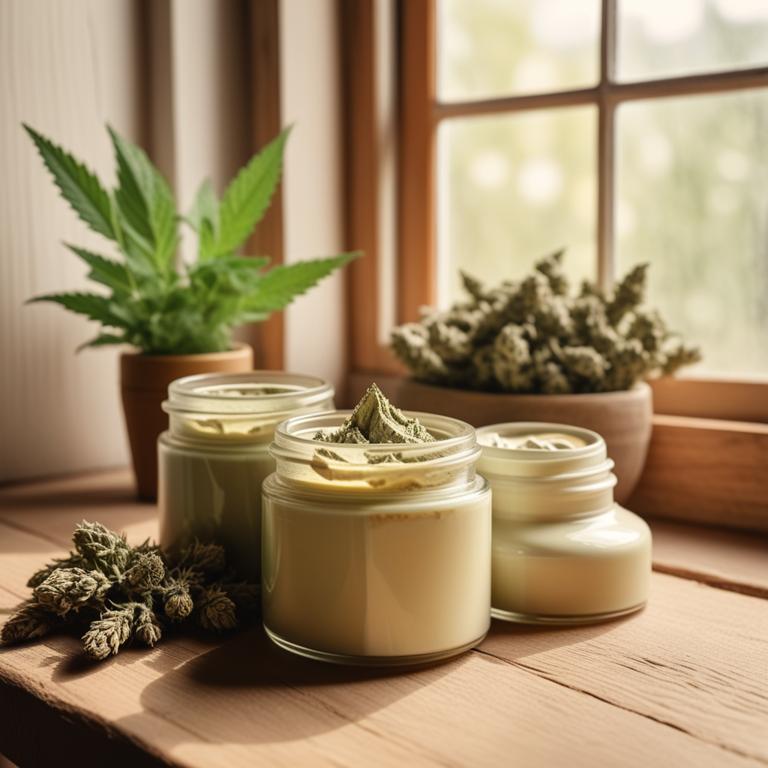
Urtica dioica creams, derived from the leaves of the stinging nettle plant, have been used to treat cracked heels due to their soothing and moisturizing properties.
The cream's anti-inflammatory and antioxidant properties help to reduce inflammation and promote healing of the cracked skin.
The bioactive constituents of Urtica dioica, including flavonoids and triterpenoid saponins, contribute to its therapeutic effects by inhibiting the production of inflammatory mediators and promoting collagen synthesis, ultimately leading to improved skin hydration and elasticity.
By using Urtica dioica creams, individuals can benefit from reduced pain and discomfort, improved skin texture, and a decrease in the risk of further complications associated with cracked heels.